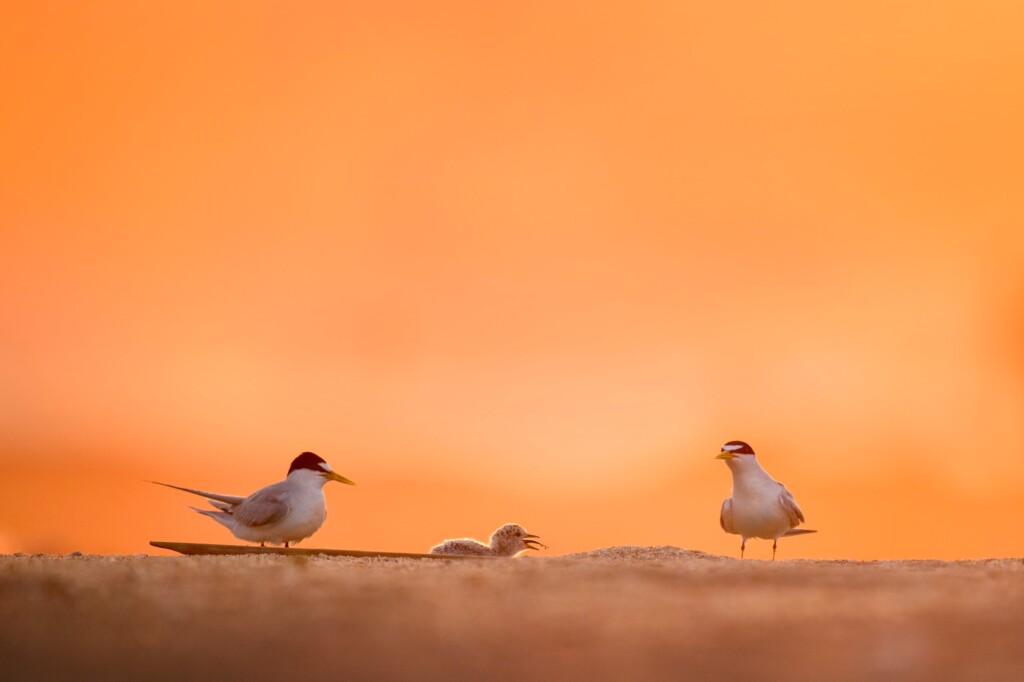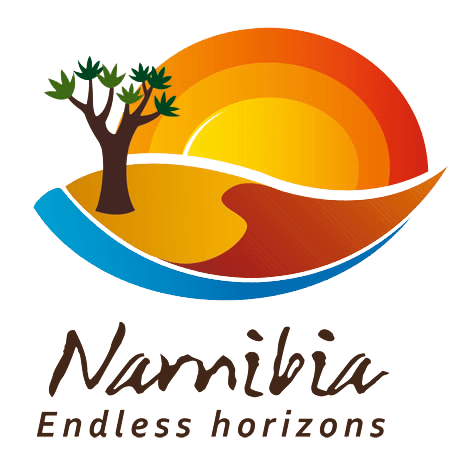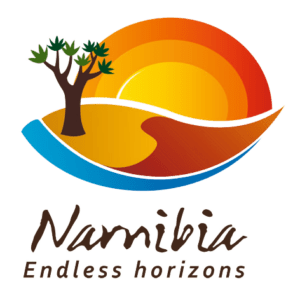This area is known as an angler’s paradise, with kabeljou, galjoen and steenbras the most prized species. But it also contains a few surprises. Extensive lichen fields are found north of Wlotzkasbaken and Cape Cross, while the Messum Crater in the north contains San rock paintings and archaeological sites from Damara nomads.
It is bordered to the north by the Ugab River and the Skeleton Coast Park. The Omaruru River bisects it, while the Swakop River is situated just south of its boundary. The towns of Henties Bay and Swakopmund are found within its boundaries, along with the hamlet of Wlotzkasbaken. The Cape Cross Seal Reserve is a separate reserve in the northern section of the area
Proclamation: National West Coast Recreation Area in 1973
Park size 7 800 km2

Natural features: The Atlantic coastline, gravel plains, sandy beaches with dune hummocks. Extensive lichen fields.
Vegetation: Namib Desert Biome.
Vegetation types: Central Desert. Pencil bush (Arthraerua leubnitzia), dollar bush (Zygophyllum stapfii), lichens, shepherd’s tree (Boscia albitrunca), welwitschia (Welwitschia mirabilis).
Wildlife: Springbok, black-backed jackal, Cape fur seal, brown hyaena, gemsbok. The 270 bird species recorded here include Damara Tern, Ludwig’s Bustard and Rüppell’s
Key management issues: Off-road driving is a major concern, particularly with regard to the uncontrolled use of 4×4 vehicles and quad-bikes. This leads to physical degradation and the destruction of unique habitats, especially of highly fragile lichen fields and breeding areas of endangered species, such as Damara Terns.
Tracks leave scars that can remain for centuries, affecting the aesthetic qualities of the dunes and the surrounding gravel plains, and reducing the attractiveness of the area as a recreational destination. Littering of the beaches and the desert due to increasing tourism is a general problem. Camping outside of designated areas occurs during peak holiday periods.
Future plans: The status of the area will be upgraded to that of a national park, and will be managed with the Walvis Bay and Swakopmund area, which will also be proclaimed. This will result in the creation of a mega-park, protecting the entire Namibian coastline.


